Did a Notre Dame football coach invent Mother's Day? One local man says Frank Hering did.
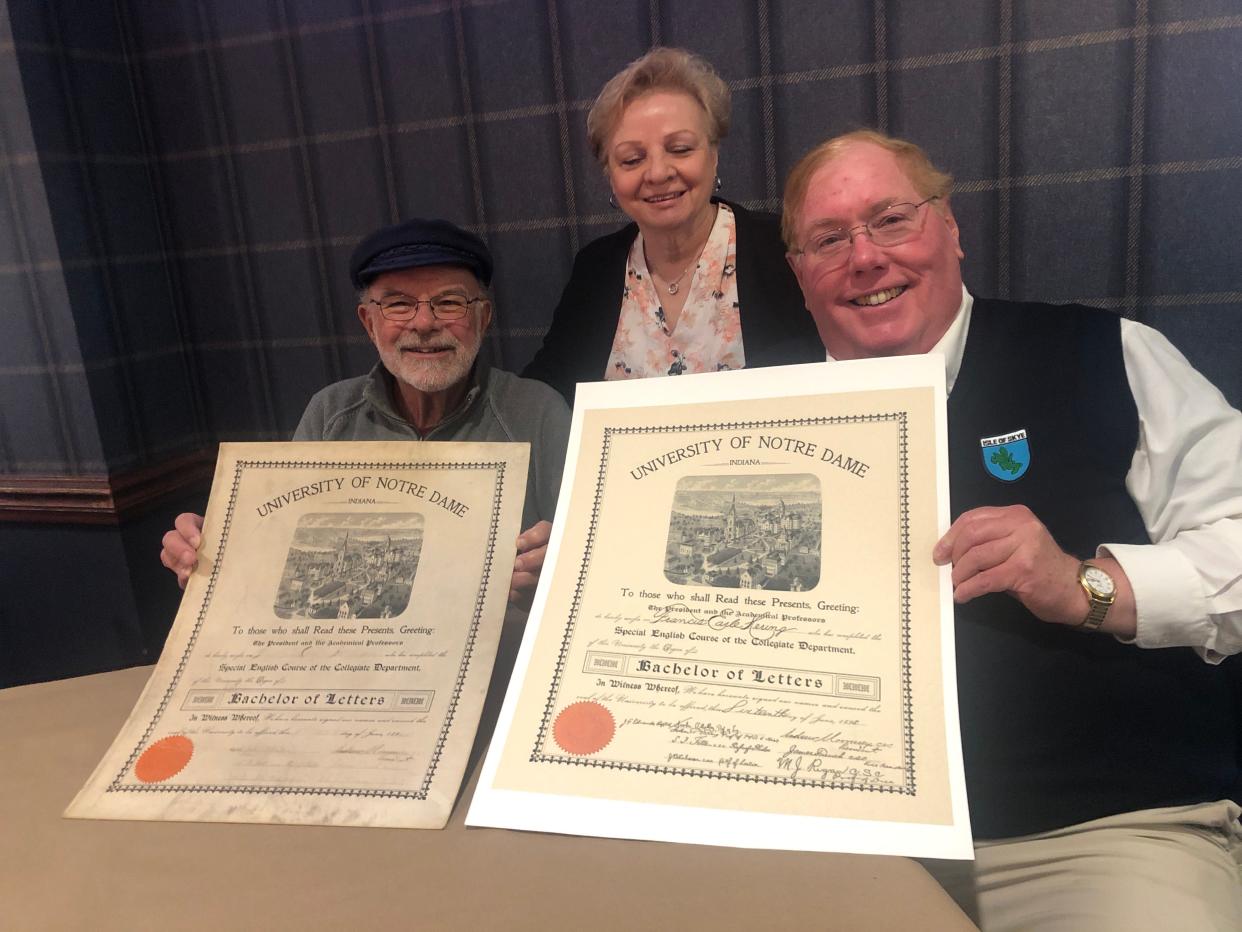
Jack McDonald starts one story about Notre Dame and it will take the fork in the road to another story. It is part of his charm. Jack is a long-time supporter, friend and tour guide of the campus.
This particular Notre Dame story has a number of forks in the road. It involves an 1898 diploma given to Francis E. Hering (1874-1943). Frank Hering has a long history at the university as a student, multi-sport coach, a teacher, community supporter and the person who is often called the “Father of Mother’s Day,” according to Jack.
Namely News: Right at home: Habitat's Williams receives Sagamore of the Wabash award
Frank is also known for his involvement in Hering House, which was a community center on Western Avenue for the African Americans in the neighborhood. Hering House was in existence from 1925 to 1963.
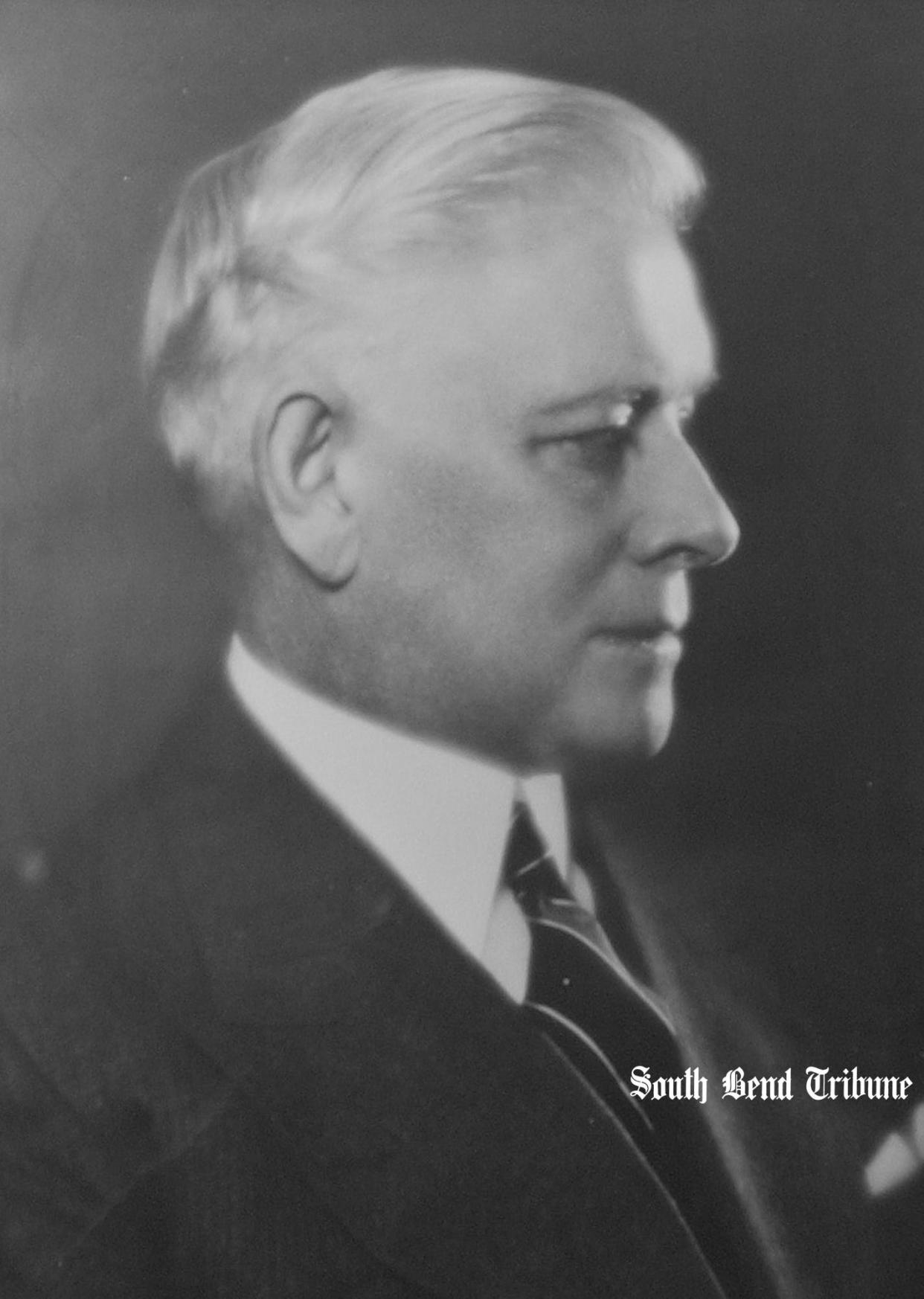
The stained diploma was purchased in a garage sale several years ago by John Deguara, who formerly worked at the University Club at Notre Dame. Not knowing exactly what it was, John said it was all about the frame. The frame made the deal. The print and recipient’s name were barely legible. Some parts were clearer. The glass was covered with a smoky film. “Later, I saw that the ink drawing was an early version of the campus with Sacred Heart Church and the Golden Dome.”
Wait, back up a little bit. “Father of Mother’s Day?” That doesn’t sound familiar. More later but back to the diploma.
He dusted it off and kept it in the frame. Then it went to the basement. Several years later, he mentioned the diploma to his friend Jack. They both volunteer at the St. Augustine’s Soup Kitchen.
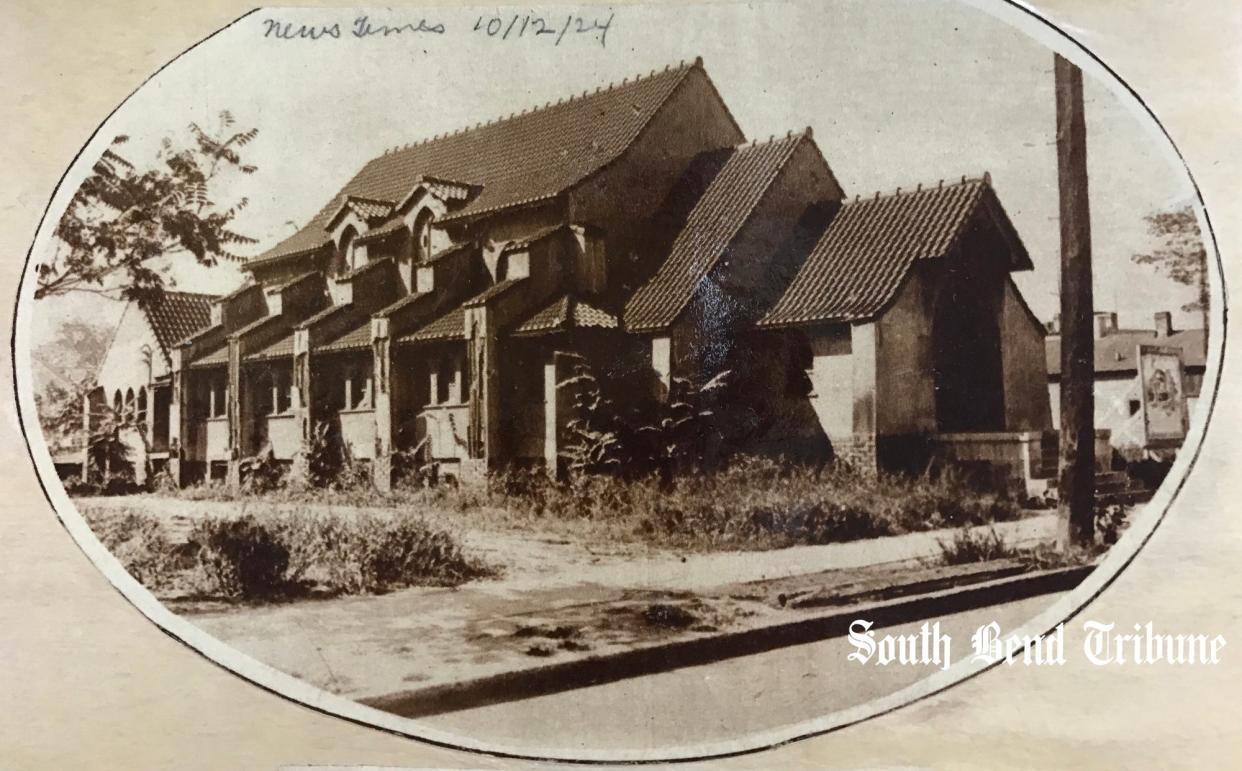
Jack knew there was a connection to Hering. He could almost make out the name Francis (Earl or Earle) Hering. It turned out to be Earle. “I started to connect the dots,” Jack said. The faculty signatures on the bottom of the page and the date pointed him to do more research.
Jack called upon his friend Kay Crum, of Mishawaka. Kay does photo restorations, digitization and scanning.
“I scanned it into the computer. I touched every pixel on the original” from the fleur-de-lis border to the print. “There were hours of research to determine the faculty names,” Kay said.
She estimated the work took about 80 hours over the last six months. “I had no idea what I was in for.”
John said the original is still intact and placed back in the $10 garage sale frame. John and Jack would hope to find someone who could cover the cost of the restoration version and treasure the original and the restored version. “Someone with a big wall — so they could be placed side by side,” Jack said.
Jack’s email is jmcdona8@nd.edu if anyone has any suggestions for the diplomas.
Now back to Mother’s Day. Jack said he would always mention Frank Hering and Mother’s Day when he gave tours of campus. Back in the early days at Notre Dame, “Hering saw young students writing out penny postcards to send to their dear mothers. Nothing is more touching than a son remembering his mother.”
According to Jack, Hering was a gifted orator, a member of the Fraternal Order of Eagles and the Eagles’ magazine editor. He used the Eagles’ pulpit at the Indianapolis English Opera House in 1904 to address the need to have a holiday in honor of mothers.
On the other hand, Anna Jarvis is often regarded as the founder of Mother’s Day. She had a deep regard for her mother and had a remembrance ceremony in 1908 in the family’s West Virginia church. By 1914, President Woodrow Wilson signed a bill proclaiming the holiday.
Of course, motherhood got a lot of attention over the years. Julia Ward Howe and Mary Towles Sasseen also backed a day to celebrate moms. Howe proclaimed a day for world peace and motherhood in 1870. Sasseen suggested a holiday in honor of mothers, teachers and students in the 1880s.
Anna spent a lot of time and money to let people know who came up with Mother’s Day. She did not take kindly to Mr. Hering. According to The Tribune’s Action Line column of 1993, Anna Jarvis sent a number of letters to The Tribune's publisher, F.A. Miller, about the issue in the 1920s and 1930s. One letter said, “Every humble, sincere and just person knows not anyone in Indiana ever had anything to do with the founding of Mother’s Day.”
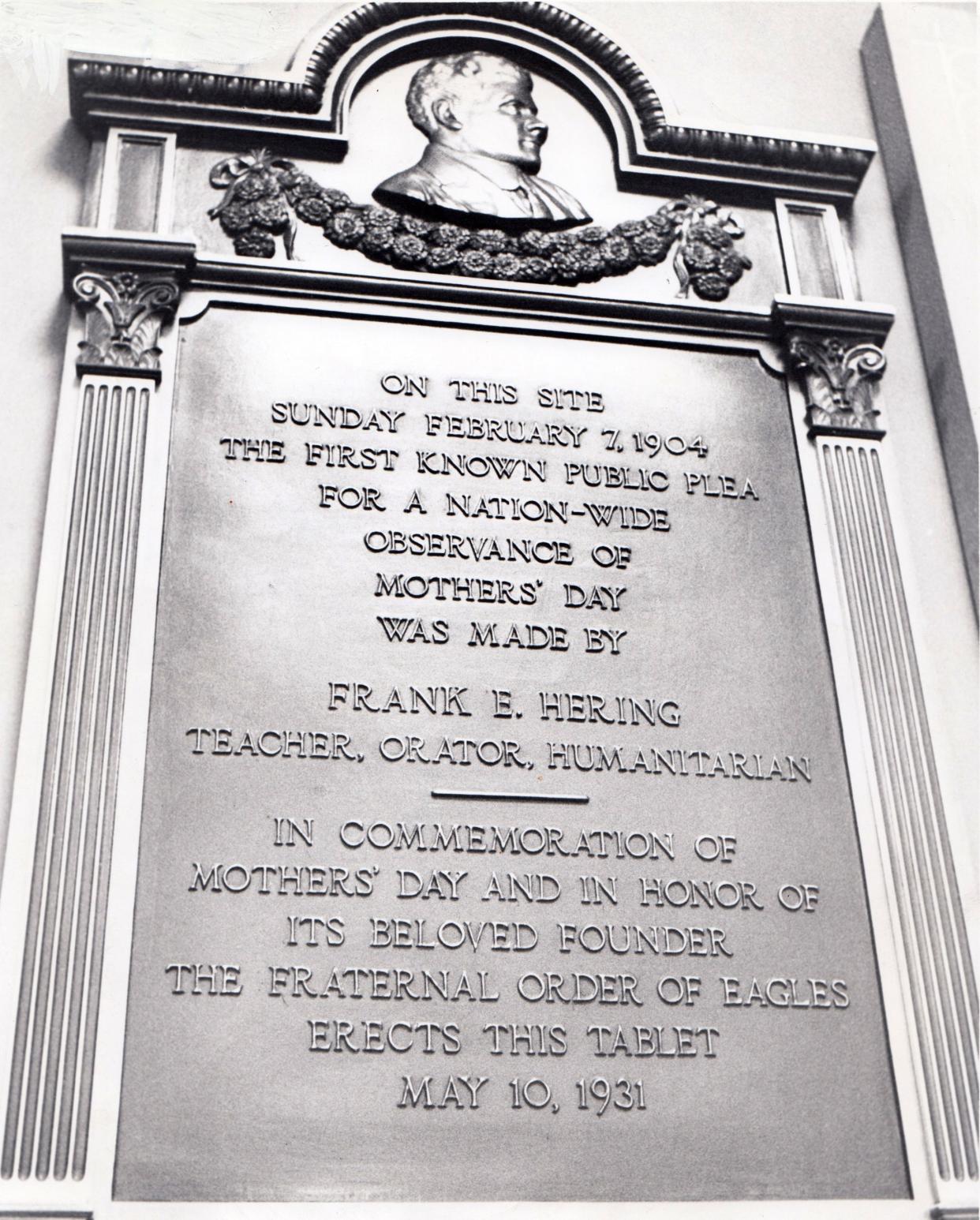
The Tribune asked the Library of Congress to resolve the issue. It didn’t come up with a definitive answer.
The Fraternal Order of Eagles had a plaque unveiled in the 1930s to commemorate the speech. There was a big parade and crowds for the event. Much later, the English Opera House was demolished and replaced with a J.C. Penney Store on Monument Circle.
Anna died penniless in 1948 trying to support her Mother’s Day stance.
So, in the end, many good people and cultures have the same idea about being good to mothers. And there is always an Indiana connection to everything.
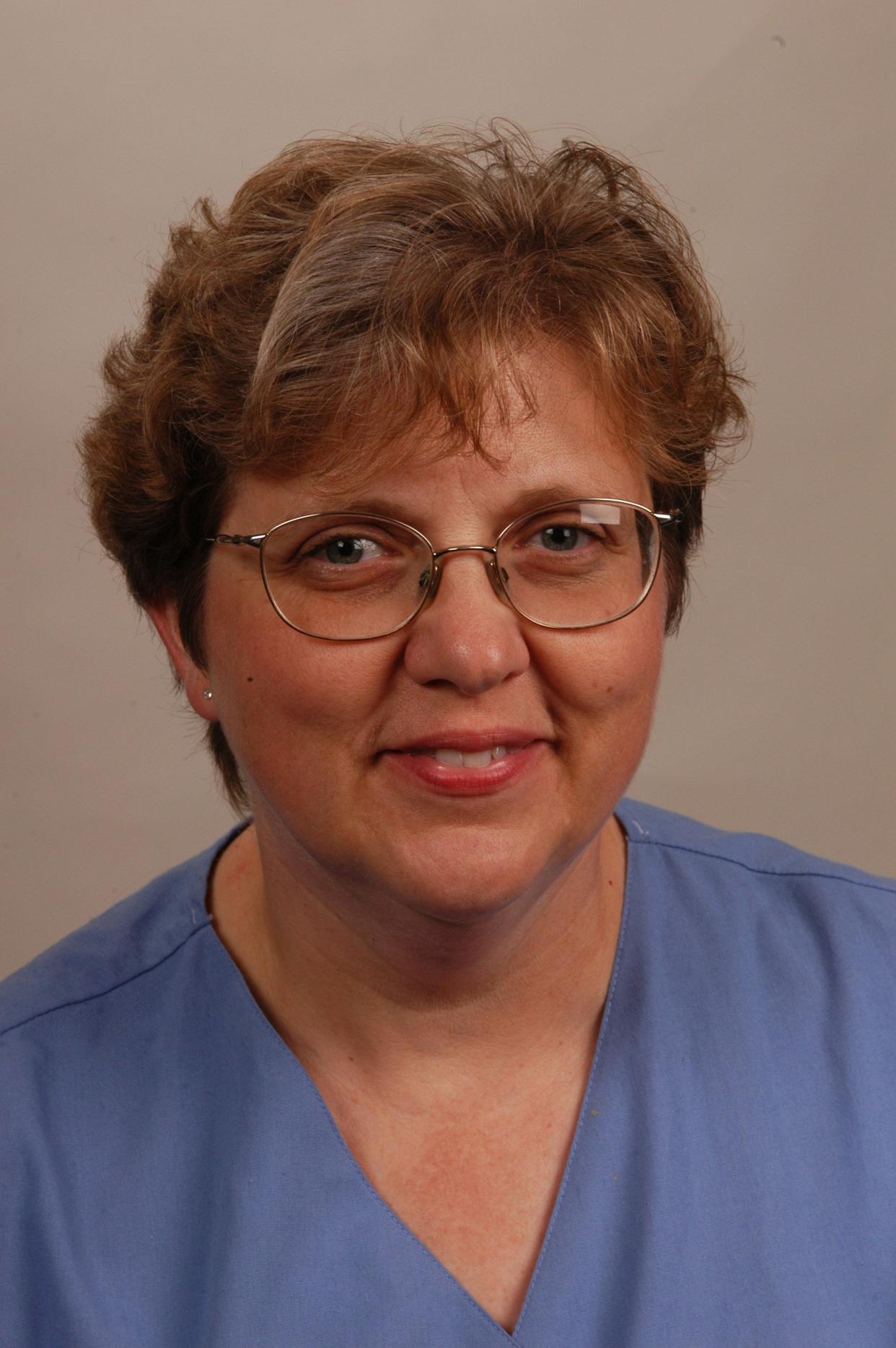
Contact Kathy at kfborlik@yahoo.com.
This article originally appeared on South Bend Tribune: Notre Dame's connection to Mother's Day
